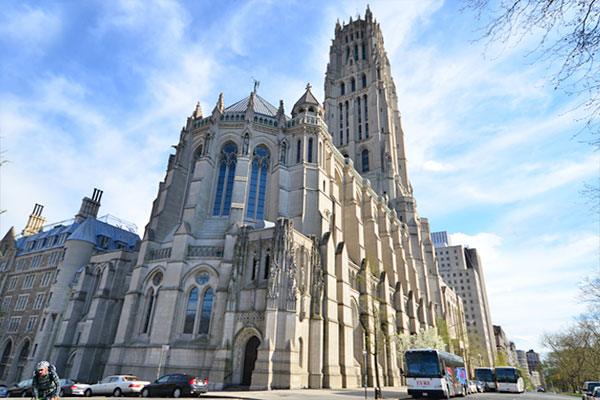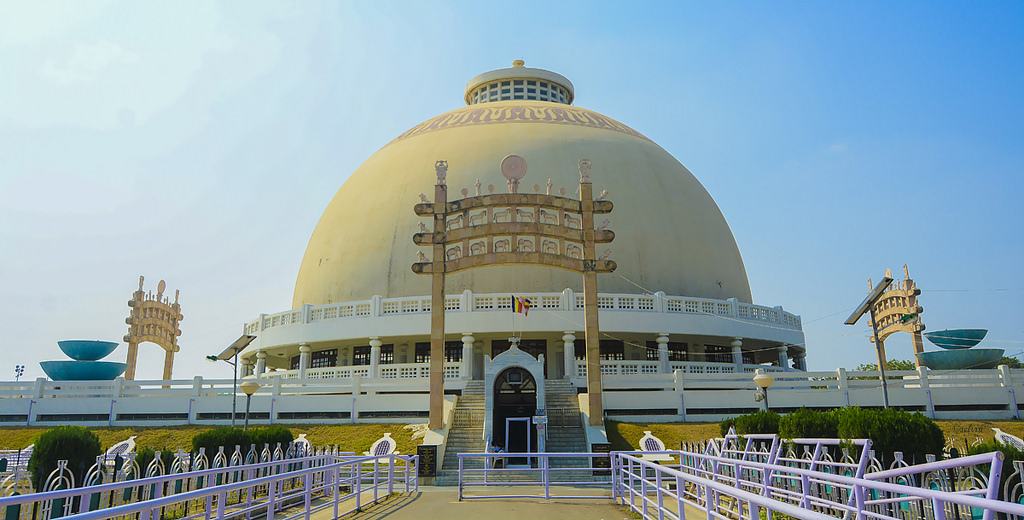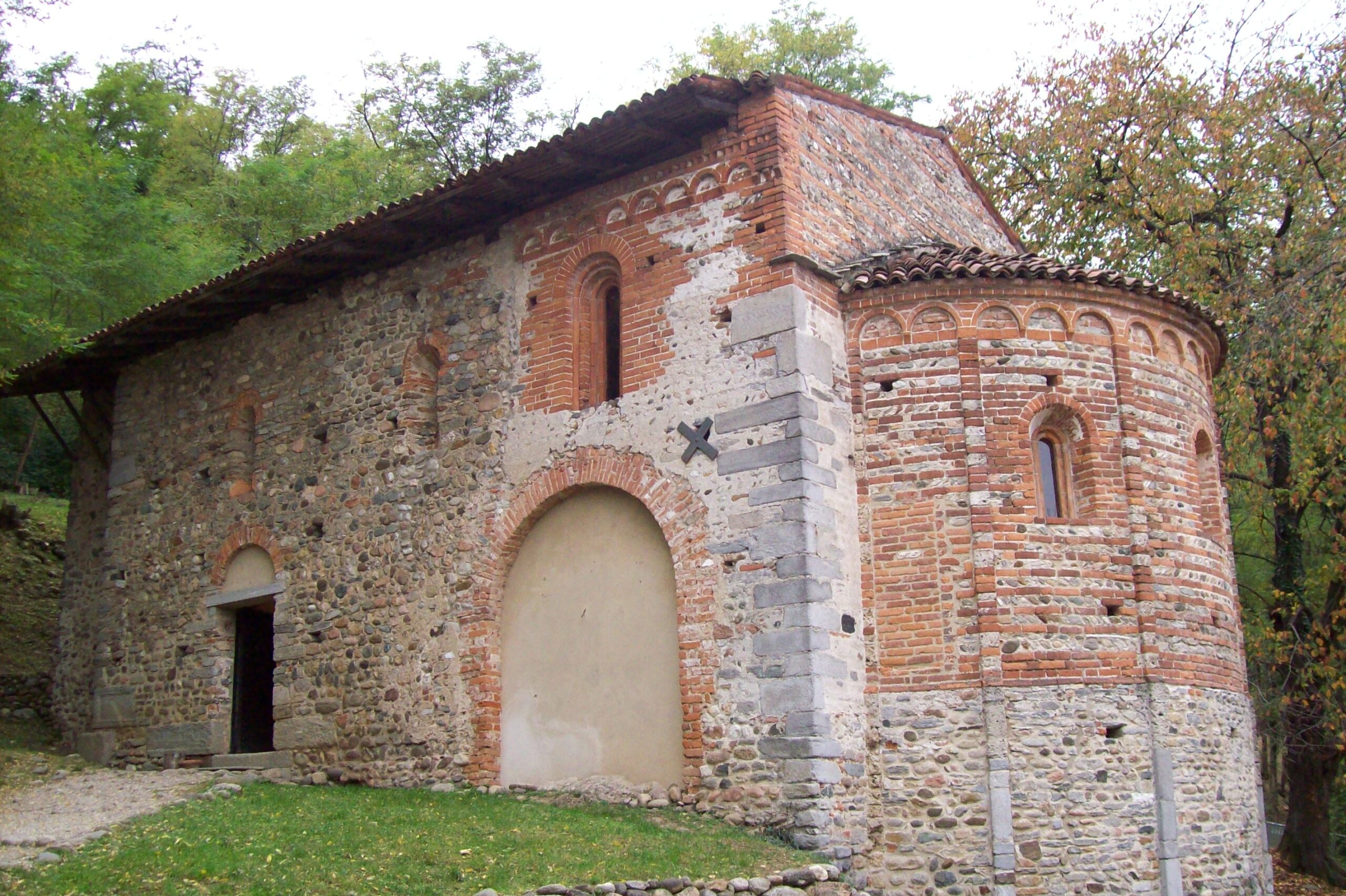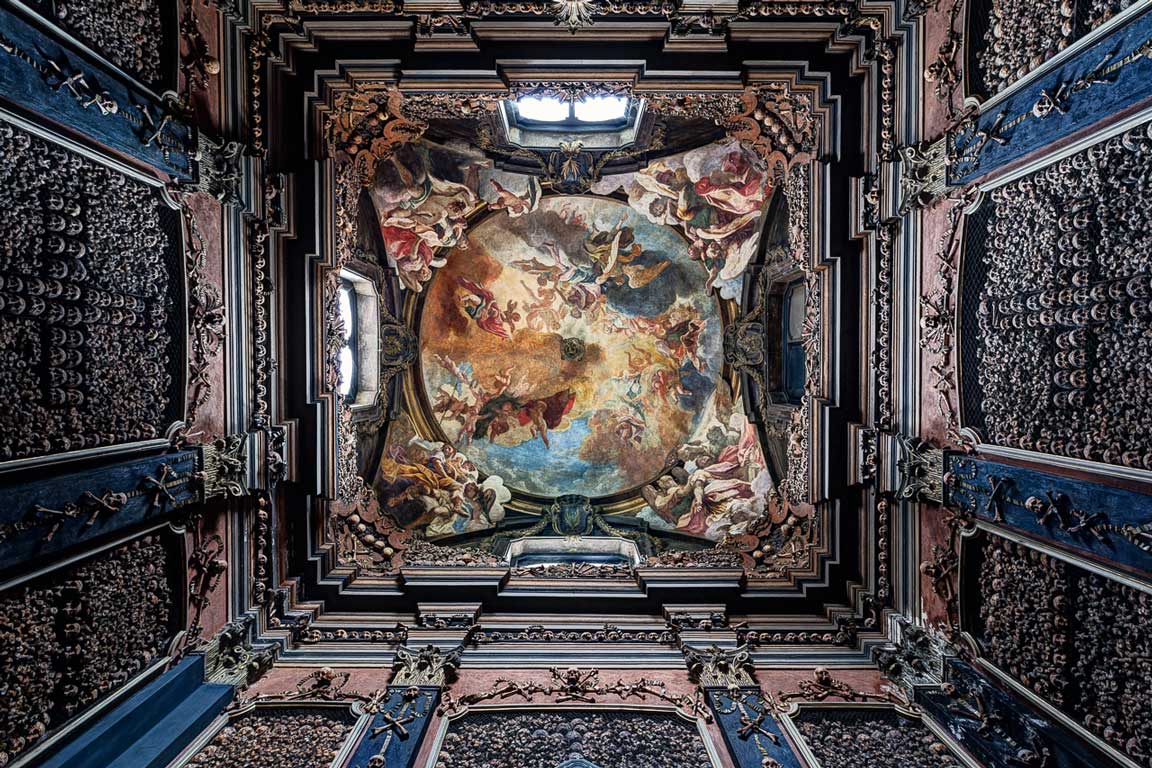A military outpost during the late Roman Empire, erected for the purpose of controlling the passage along the Olona River of men and goods, it was later used as a defensive bastion by the Goths, who built a keep, about 18 meters high and constructed of gray stone, and defensive walls around the 5th-6th centuries. Later the building was occupied by the Lombards, who turned it into a trading station.
It became a monastery around the 8th century and housed a group of Benedictine nuns, who added to the original building the rooms that housed the cells, refectory and prayer room, as well as a three-arched portico and the small church named after the Virgin. In 1453 the monastery was abandoned and, in more recent times, was reused as a rural farmstead.
The entire building was thus repurposed for agricultural tasks: the portico was walled up, the entrance to the church enlarged and turned into a warehouse for wagons and tools, and all the frescoes were covered with new plaster. In 1976 it was purchased by Giulia Maria Mozzoni Crespi, who donated it to the Fondo Ambiente Italiano, which restored it













